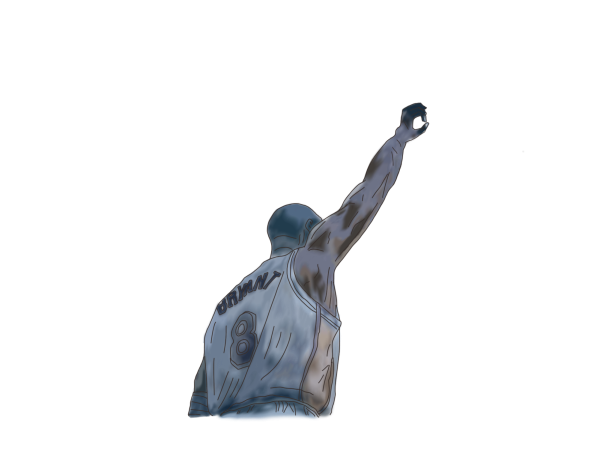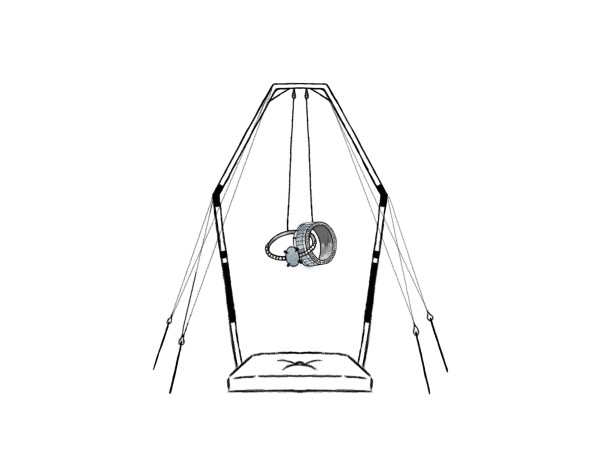The Future Is Here! Roboracing Drifts into Today’s Reality
Rookie racecar Lightning McQueen once said, “Speed. I am speed.” Now, a new racer will drive onto the track, topping even McQueen’s fastest time; or to be more appropriate, a few racers. And like McQueen, this new breed of cars requires no human driver.
Self-driving cars were once nothing but futuristic and seemingly impossible creations found only in science fiction. Classic films of the genre such as “Blade Runner” and “Total Recall” depict self-driving cars as automated vehicles that can safely transport human passengers with very little to no manual operation whatsoever. Thanks to rapidly evolving technology however, science fiction became science fact when Google announced that they would publicly release their models onto the roads in or around 2020. While they will certainly be advantageous to the millions of morning and evening freeway commuters in the coming decades, self-driving cars could heavily affect the world of sports, particularly the world of racecar driving.
Roborace is the name of an innovative racing championship that features self-driving racecars. In Aug. 2016, the first prototype for a Roborace self-driving racecar was revealed. Nicknamed DevBot, the prototype is definitely a product of science fiction. It features a cabin that can either be driven by a human driver or operated by a supercomputer, and has the ability to interpret its outside environment and surroundings, just like any other self-driving car.
However, nothing can be promised. DevBot and all other self-driving racecars will probably not start racing like regular racecars for about a decade at the very least. Self-driving cars have to be 110% perfected for commuting and travel before they start racing at crazy intense speeds around a racetrack, and if Roborace proceeds too quickly with their work, the results could be catastrophic. Numerous testing trials have been conducted by Roborace, with the engineers making sure that DevBot’s hardware and software is completely satisfactory for racing. Recently, Roborace took DevBot out for a spin around the famous Silverstone International Circuit in England. While DevBot performed without any major detrimental flaws, one test was simply not enough to earn Roborace’s full approval. In the coming years, Roborace will hold more and more test runs for DevBot around a variety of tracks, ranging in levels of difficulty.
Once it eventually comes to fruition, Roborace will consist of ten teams, each accompanied with two self-driving racecars, which will compete in one-hour races over the course of the championship season. It is still unknown if the racecars will have human drivers in them or not, but what is known is the impact that Roborace racecars will have on the sport of racecar driving. DevBot’s “descendants” will obviously require a larger engineering background to control them, and most racecar drivers today just know auto mechanics. It is unlikely that tomorrow’s Dale Earnhardt, Jr. and Jeff Gordon will be sitting in their cars; instead, they will be controlling their cars more like a remote control car. Their lives are no longer in jeopardy, but these self-driving racecars do have some negative effects on the sport. When race fans go to the Auto Club Speedway over in Fontana in the future, they could be seriously disappointed. Since the “racers” can now see the entire track, there is a lesser chance of mistakes occurring, which may make the game not as exciting. Also, the thought that a race will consist of nothing but watching metal on wheels somewhat brings a sense of pity to the sport. As a sport, racecar driving is a rather unpopular one, and in the future, self-driving racecars will make races more of a technological showcase than an actual sporting event.
Nevertheless, seeing robots race against themselves in an actual sporting event will be a huge milestone in both the worlds of sports and of robotics. A century from now, perhaps androids will fight each other in boxing matches or run long distances in the Olympics. 2016 is only the first step of innovation; even if self-driving racecars will not be racing for the next ten years, people can still marvel over the fact that they have finally arrived on the street and on the track, and that robots could very well change the world of sports as they know it.
Hello there! Our goal is to provide relavent, engaging journalism for readers of all ages. Your donation will support the student journalists of the Wolfpacket at Claremont High School, and will allow us to purchase equipment, print our monthly issues, and enter in journalism competitions. We appreciate your consideration!

Caden Merrill is a senior at Claremont High School and it is his second year on the Wolfpacket. After serving as a reporter last year, Merrill is eager...














